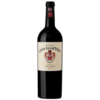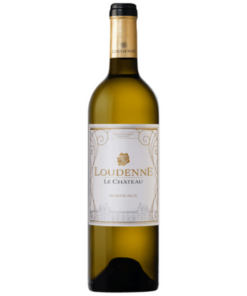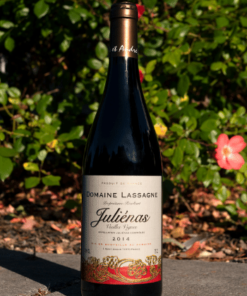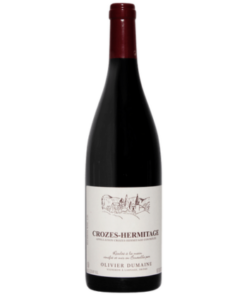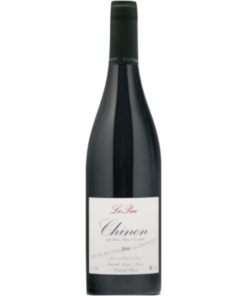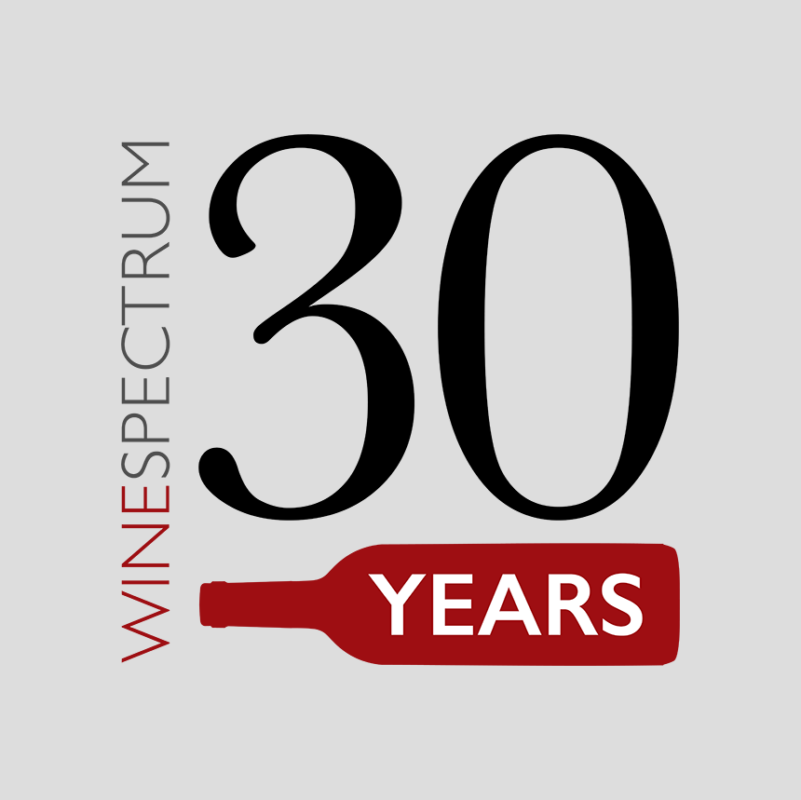2013 Chateau de Sales Pomerol
$ 34.00
Questions? Ask a Wine Advisor
Shipping InformationWSI94 Fresh savory notes permeate this round, still voluptuous wine after 10 years. The intense and well-integrated red cherry and currant flavor is supported by a still vibrant core of earthy, dark chocolate and supple tannins with a luxurious finish.
Medium intensity, with subtle purple hues. Supple and refreshing, this wine seduces the palate with its silky feel and its fruity (red fruits) and spicy finish. This wine has plenty of life left and is a great example of elegant restraint with fresh berry. 89% Merlot and 11% Cabernet Sauvignon.
The Ets Jean-Pierre Moueix are long-time proponents of small yields in order to achieve homogenous ripeness. In 2013 this philosophy proved its value: vineyards that were carefully maintained, such as the Château de Sales, produced wines that are fresh, light, fruity, and very enjoyable in their youth.
Built in the 17th century, Chateau de Sales is largest estate in the Pomerol appellation on the Right Bank. The chateau possesses exceptional beauty and elegance, and the same is true for its wines as they are the true expression of the Pomerol terroir from which they originate. Located in the northwest corner of Pomerol, it is the only true chateau building in the appellation and has been owned by the same family for more than five hundred years. Chateau de Sales wines are the expression of their terroir: fruit-driven, round and full-bodied, with good structure on the palate, smoothness, refinement and elegance.
Located 22 miles east of Bordeaux, the vineyard of Chateau de Sales is situated in the northwestern part of the Pomerol appellation. The chateau’s vineyard has a surface area of over 200 acres, of which 118 acres are planted — the largest in Pomerol. The soils of Chateau de Sales are comprised of fine gravel and sand, with clay in some areas and an omnipresence of iron oxide, known as “crasse de fer.”
The vines are an average of more than 30 years old. The grape varieties planted here are typical of this appellation: 73% merlot, 15% cabernet sauvignon and 12% cabernet franc. The vines are cultivated in the traditional way: the soil is regularly ploughed, vineyard practices are environmentally sound, leaves are removed with clusters thinned at regular intervals, and the grapes are harvested by hand at optimum maturity for each parcel.
2013 vintage:
Although the dry conditions of April favoured the budburst in the vineyard, the cool, wet spring delayed the flowering period. The hot, dry weather in July was offset by the cool, damp weather in August, which disrupted the ripening of the grapes. The harvest took place from the 1st to the 12th of October. Rigorous work was carried out in a plot-by-plot manner, which enabled each terroir and variety to be harvested at optimum ripeness.
Related products
French Wine
French Wine
French Wine
French Wine
Cabernet Franc
French Wine



